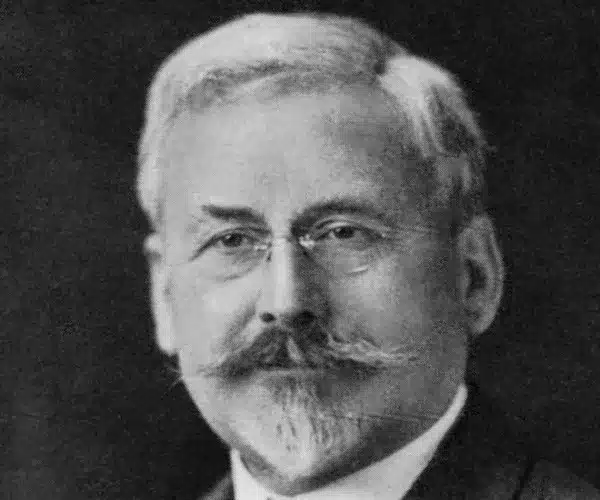Charles Edouard Guillaume: The Nobel Laureate Who Revolutionized Precision Measurement

Charles Edouard Guillaume (15 February 1861 – 13 May 1938) was a Swiss physicist and Nobel Prize laureate. He won the 1920 Nobel Prize in Physics. He continued to make important contributions to the field of physics throughout his career and was widely recognized as one of the leading scientists of his time.
Life and Career
He was born on 15 February 1861, in Fleurier, Switzerland. He got his Ph.D. in 1882 for his thesis on electrolytic capacitors. Guillaume joined the International Bureau of Weights and Measures, Sevres, in 1883 and became director in 1915. He did a lot of research on the mercury thermometer and discovered that the liter contained 1,000.028 cubic centimeters, not 1,000.000 cubic centimeters as had been assumed.
In 1890, he started studying alloys after he observed that nickel-iron alloys expanded. His research led to the discovery of a nickel-iron alloy called ‘Invar’ in 1896. The discovery of ‘Invar’ led to the successful duplication of the meter bar.
A few years later, in the late 1890s, he worked in collaboration with Chenevard and the Imphy steel laboratory to develop a variation of Invar; a nickel-steel alloy called ‘Elinvar’; it had a low thermoelastic coefficient even after being heated up. Elinvar contains 59% iron, 36% nickel, and 5% chromium.
He wrote several books throughout his life, including: “Studies on Thermometry” (1986), “Treatise on Thermometry,” “Units and Standards” (1894), “X–Rays” (1896), “Investigations on Nickel and its Alloys” (1898), “The Life of Matter” (1999), “Metrical Convention and the International Bureau of Weights and Measures” (1902), “Applications of Nickel-Steels” (1904), “States of Matter” (1907, 1913), “Recent Progress in Metric System” (1907, 1913) and so on. Charles Edouard Guillaume died on 13 May 1938, in Sevres, France.
Major Work
One of Guillaume’s most notable achievements was the discovery of the phenomenon known as “anomalous dispersion,” which refers to the variation of the refractive index of a material with the wavelength of light. This discovery had significant implications for the development of high-precision spectroscopy and the study of materials science.
Award and Legacy
Guillaume was awarded the Nobel Prize in Physics in 1920 “for his work on the measuring of the mechanical and thermal properties of metals.”
Observer Voice is the one stop site for National, International news, Sports, Editor’s Choice, Art/culture contents, Quotes and much more. We also cover historical contents. Historical contents includes World History, Indian History, and what happened today. The website also covers Entertainment across the India and World.

